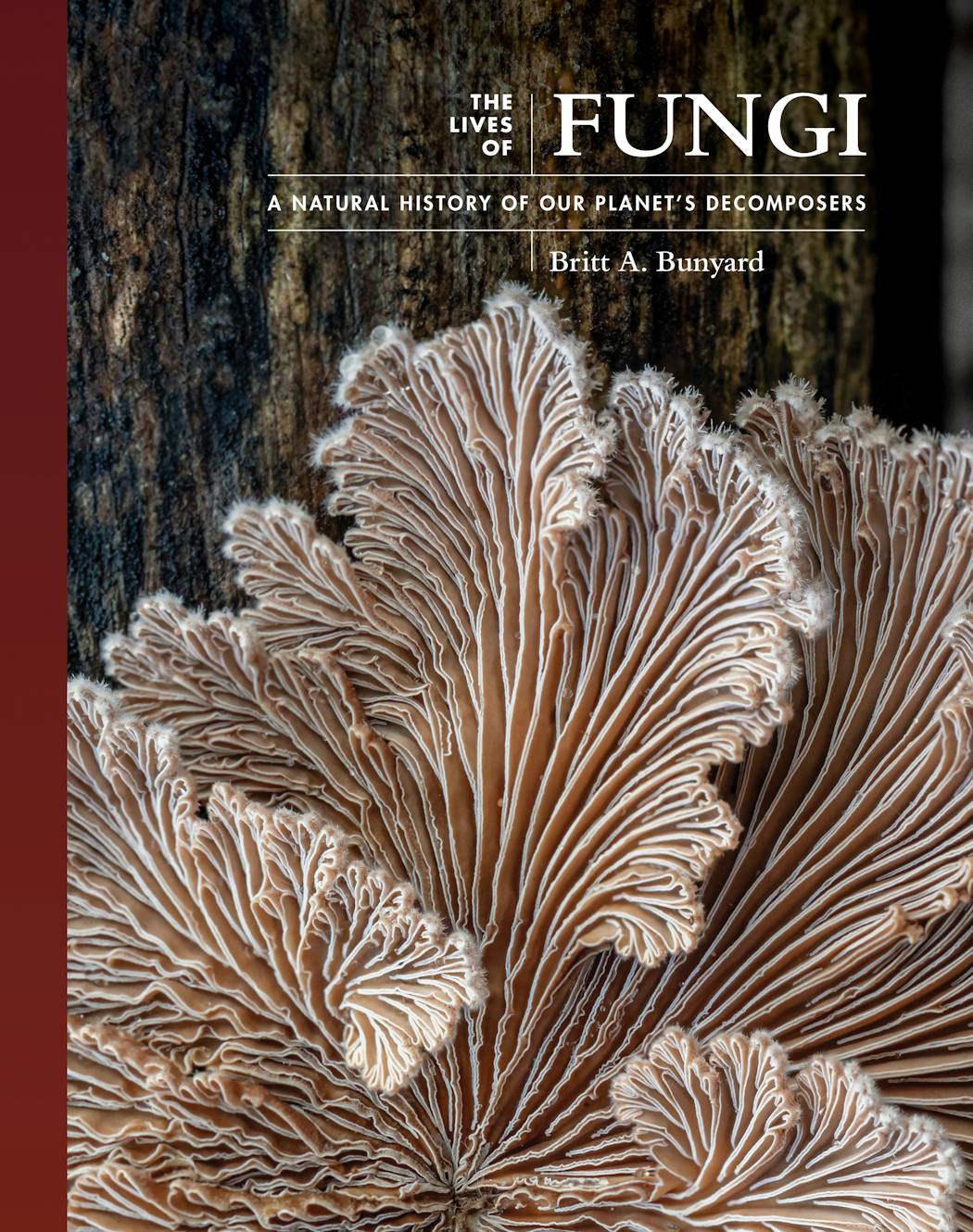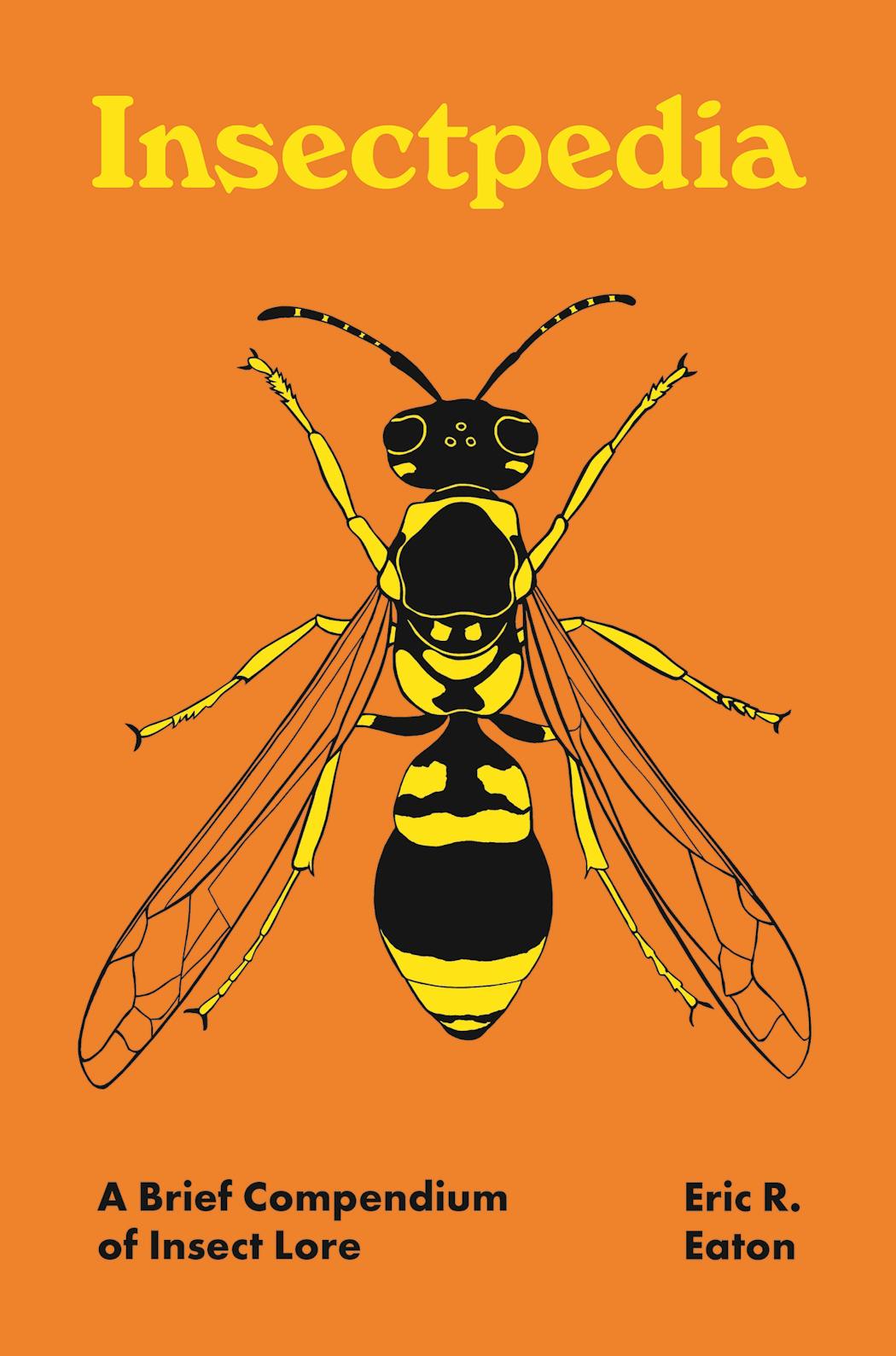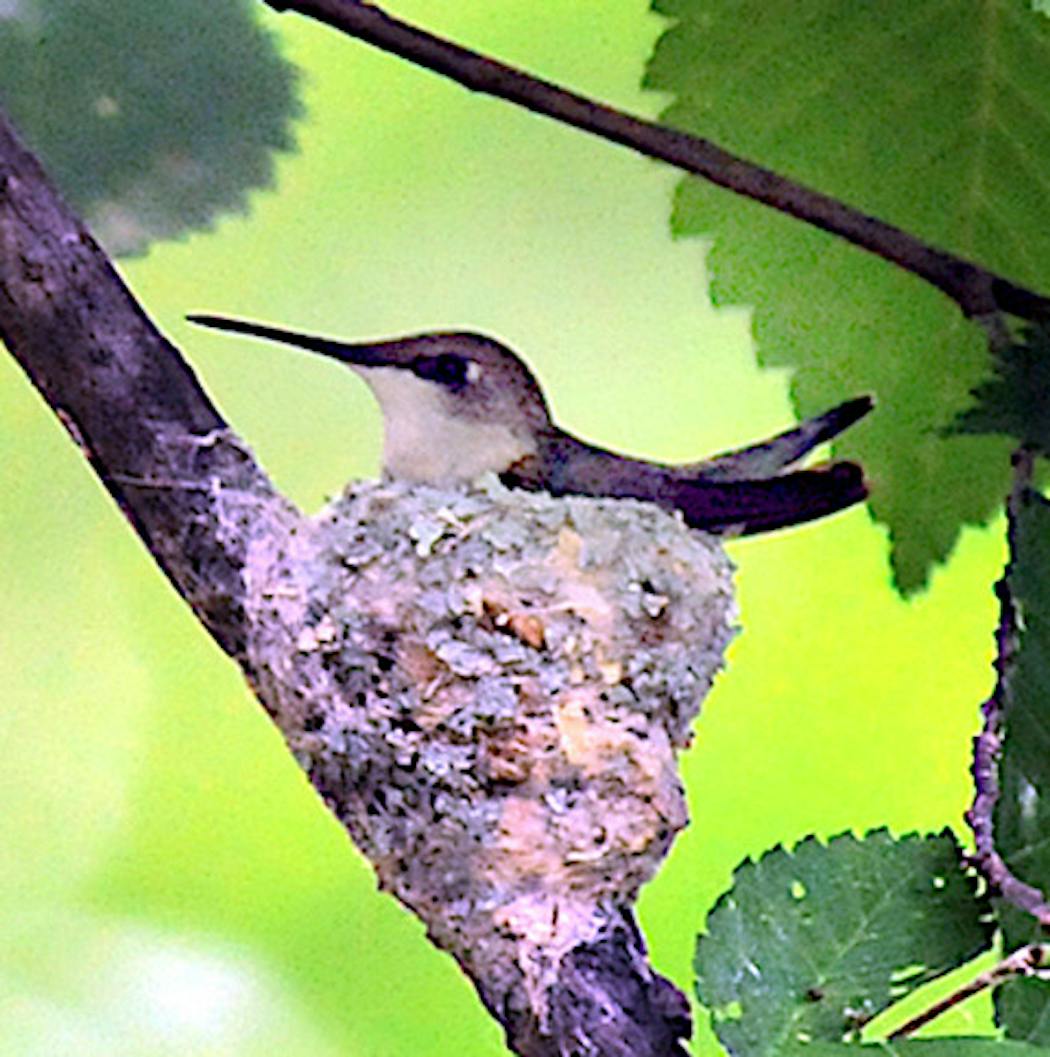Fungus, spiders, dioramas and prairies: They all play a role in the birding world, and these books can share a space on your birding book shelf. Here's a sample of some recent titles, plus an old favorite I'd like back.
Fungus eaters and nest fungus
Fungus has little relationship to birds, although one Minnesota species eats them. Fungi, as discussed in this new book, are worth attention because, one, they are common and everywhere, and, two, many are so totally weird.
Out in the field, looking for birds, take a few moments to investigate if you come across mushrooms or other fungus forms.
Our fungus-eating species, found in northern Minnesota, is the Canada jay, also known as gray jays.
The book is "The Lives of Fungi: A Natural History of Our Planet's Decomposers." It mentions a Minnesota fungus called bird's nest fungi, described as cute, to be found here if you look sharply among debris on a forest floor. Tiny and brown, with a body shaped like a nest, the egg lookalikes contain the spores. A raindrop is all it takes to trigger release of the egg, spreading spores when it lands up to several feet away. This species is related to the puffballs you might find in your yard, spraying spores when you squeeze it.
Scary-movie weird are the fungi that infect the minds of certain insects, taking control of their behavior. The insects in effect become zombies. More on this on pages 84-85 in this book, written by Britt A. Bunyard, published by Princeton University Press, hardcover, 288 pages, a very handy glossary, profusely illustrated, $28.95.
Bell Museum book
Architecture, content, program, purpose — the Bell Museum of Natural History excels in those regards. The new museum building opened in 2018 on the University of Minnesota St. Paul campus. It holds more meaning than any other recent Twin Cities building.
The museum documents Minnesota's past and present, displaying and explaining our natural history in bright and innovative ways. The story is about us and our world, our history, our here and now. And there is a book telling the story of that story.
"A Natural Curiosity: The Story of the Bell Museum" has many tales, takes us on trips, introduces us to the museum's heroes and to its fascinating contents.
Here is the story of the museum's world-famous dioramas, the large lifelike representations of wild Minnesota, as it was and is. Built into the former museum, part of the structure, they were chiseled loose and loaded onto trucks, now more exciting in the new building for the supporting-actor displays that accompany them. Many of the museum's heroes created them.
I was in the old museum many times, always taking time to tour Minnesota's landscape in all its variety by standing in front of the dioramas, artwork in paint and sculpture and taxidermy. (Try to find and name all of the bird species shown, the warblers in particular.) All of this is in the book, created by Lansing Shepard, Don Luce, Barbara Coffin and Gwen Schagrin, published by the University of Minnesota Press. The hardcover book has 304 pages, 310 illustrations, and is priced at $34.95. Buy your copy in the museum gift shop when you make your visit.
If you haven't visited the museum, well, all of us deserve a visit (just to see the huge mammoth if nothing else).
Interesting insects briefly examined
Galls are swellings on the stems of various plants. Inside the protrusion is insect larvae. Birds know this, find galls, and chop them open. Galls are subject of one insect-related brief exploration found in a wonderful little book titled "Insectpedia." This brief compendium of insect lore, as it bills itself, is the work of author Eric R. Eaton. The book is informative, not technical. Given the frightening decrease in insect numbers (and its impact on birds) knowing more about the creatures we try so hard to kill might save some of them, to our benefit. Princeton University Press, 5 by 7 inches and beautifully bound, 200 pages, $16.95.
Woodworking for the birds
If you happen to have my copy of the book "Woodworking for Wildlife," I want it back.
This is the book I've relied on for years when building bird nesting boxes and feeders. It might be a 1992 edition, a first printing, and it's missing.
First editions of this book, spiral-bound, can be found on the internet for as much as $764. Author Carrol Henderson told me recently that he found a copy last year priced at $900.
Henderson retired a few years ago from the Minnesota Department of Natural Resources as supervisor of the nongame wildlife division. This book was one of three he wrote for the department.
Now, the woodworking information will be digital. The popular and valuable plans for bird boxes and feeders for both birds and mammals are migrating to online presentation, easy for everyone to find and easy for the DNR to expand and update.
If you want a print version, though, they can be found at various online stores for as little as $20.
Henderson told me the woodworking book sold nearly 300,000 copies. The University of Minnesota Press has interest in getting publication rights to his books, he said, for possible reprints. Henderson also is working with the press on a book about his wildlife conservation career.
Henderson has many good stories to tell. He had a major role in reintroducing trumpeter swans to Minnesota. He also helped build populations of bald eagles, common loons, peregrine falcons, Eastern bluebirds, great blue herons and common egrets.
Lifelong birder Jim Williams can be reached at woodduck38@gmail.com.
More birding wisdom from recent books
Red-cockaded woodpeckers use pine sap as defense
"The red-cockaded woodpecker is a keystone species in sensitive southern longleaf pine ecosystems, areas prone to fire. To protect itself from fire and pathogens (fungi) the tree has a variety of adaptations, including the production of large amounts of resin. The woodpeckers maintain resin wells, smearing resin at nest-hole entrances to keep predators like snakes away from their nest cavities."
From "The Lives of Fungi" by Britt A. Bunyard
How much prairie does a bird need?
"It's surprising how large … a tract of grassland some relatively small birds need before they will consider nesting there. Habitat size can affect species in different ways, such as the density of individuals of a particular species or the nest success of a species. … In an Illinois study individual area requirements for eastern meadowlarks 12 acres, grasshopper sparrows 74 acres, savanna sparrows 99 acres, bobolinks 124 acres, and Henslow's sparrow 163 acres. … So much grass for such small birds."
From "To Find a Pasqueflower: A Story of the Tallgrass Prairie," the latest book from Minnesota author Greg Hoch, University of Iowa Press, 2022, 288 pages, $19.95.
'To have birds, we need spiders'
"Spiders … serve as prey to many animals, including but not limited to birds, lizards, snakes, small mammals, fish, insects, even other spiders. A study has even shown that baby birds that were fed spiders have greater brain development (Arnold et al. 2007), and many birds also utilize spider webs in nest building. Additionally, hummingbirds have been observed picking prey insects out of a web. To have birds, we need spiders."
From "Spiders of North America," a Princeton University Press field guide by Sarah Rose, 500 of the most common and interesting spiders, 611 pages, heavily illustrated, $35. (This one gets an A+.)
Live video of man who set himself on fire outside court proves challenging for news organizations
4/20 grew from humble roots to marijuana's high holiday






